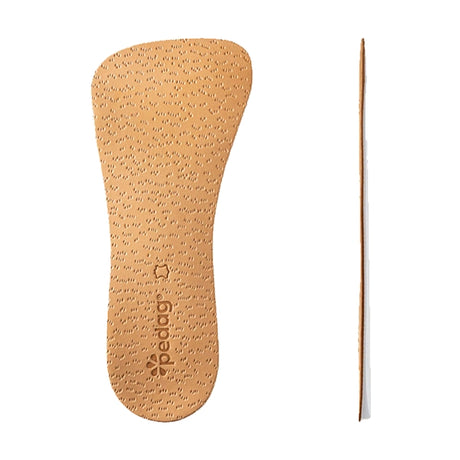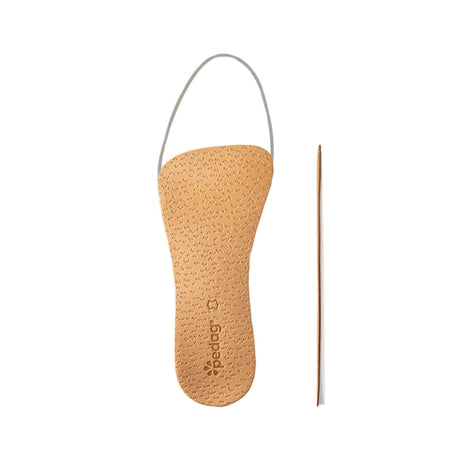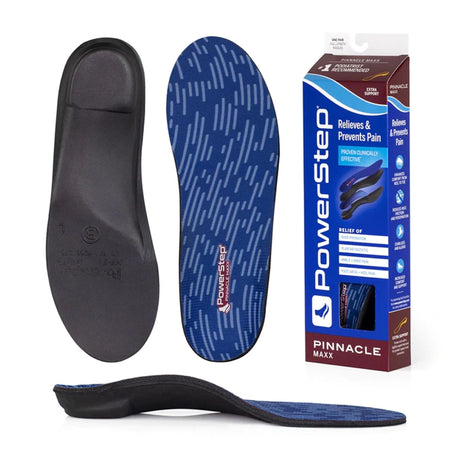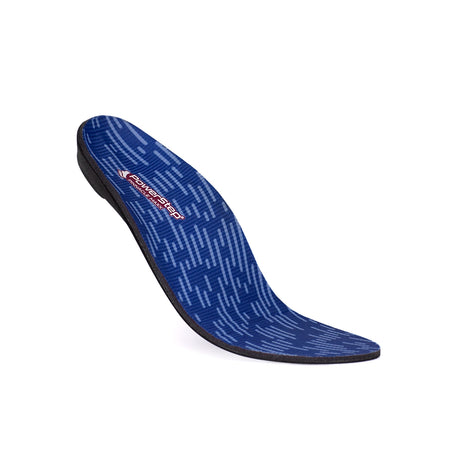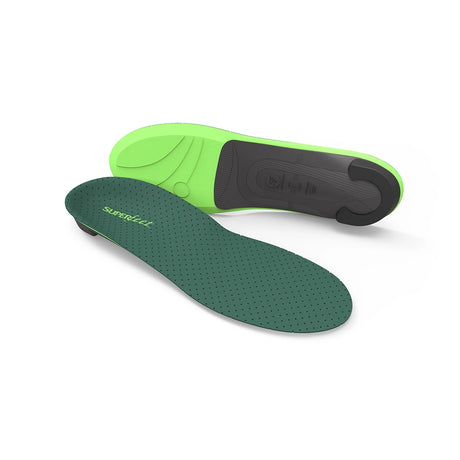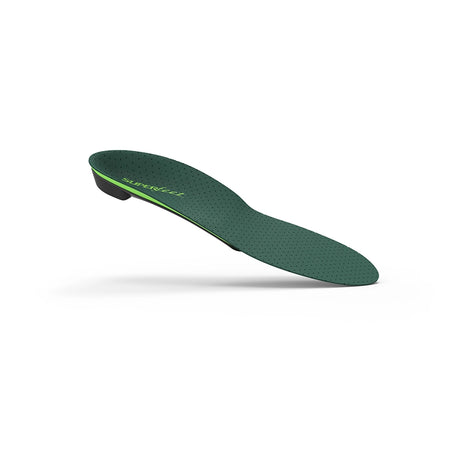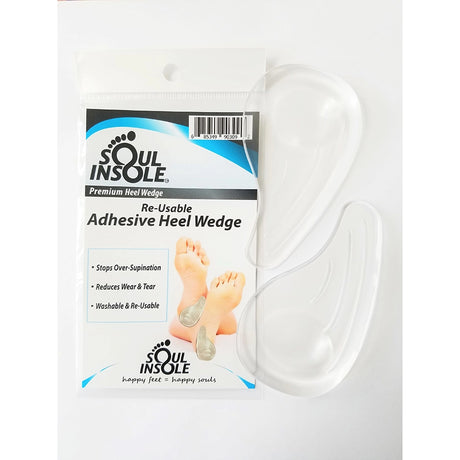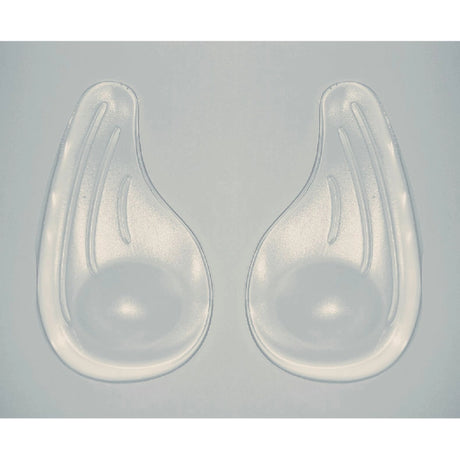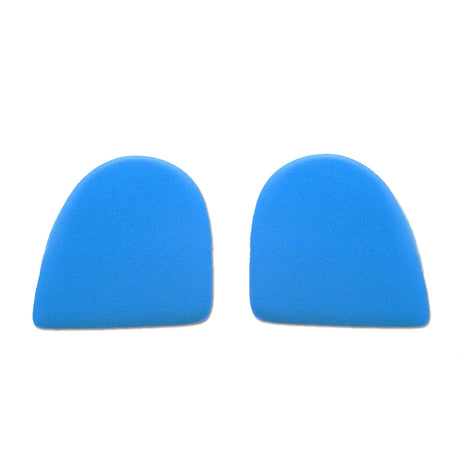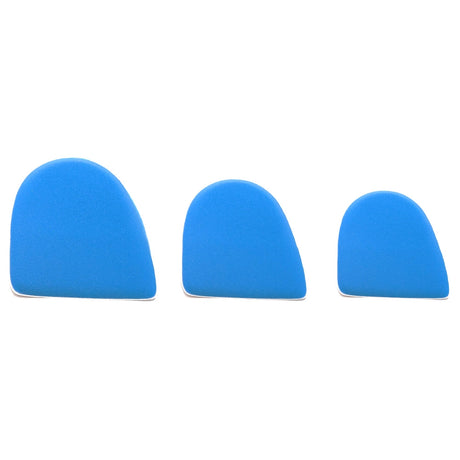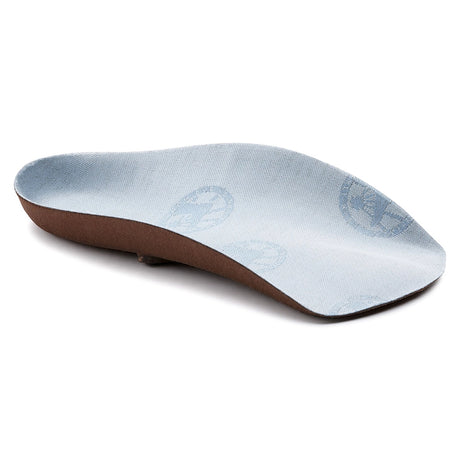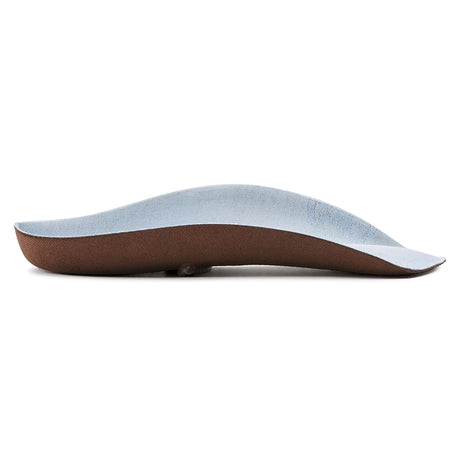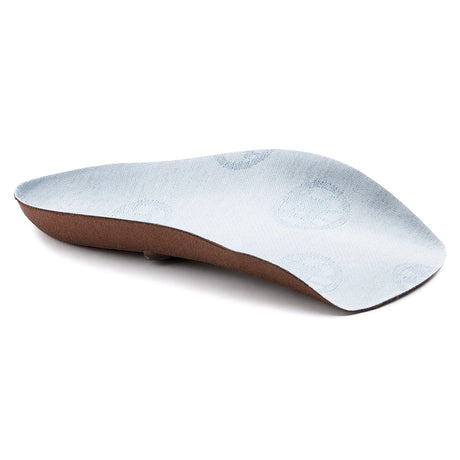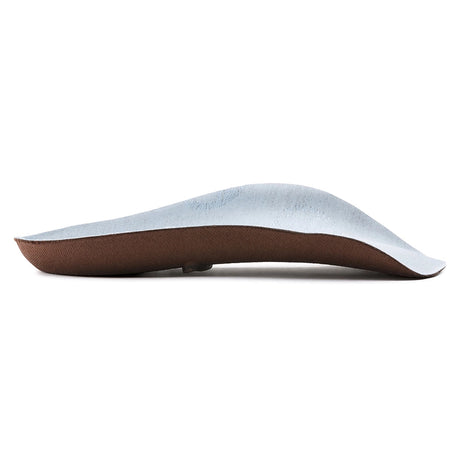Supination
You're currently browsing our entire selection of products suitable for Supination. Use the product filters below to narrow your selection, or contact us if you have any questions or for a recommendation. Thank you for shopping with us!
Shop for:
Best for Supination
Why do you recommend these items?
Why do you recommend these items?
We choose our product recommendations based on a combination of our own usage & opinion of the products, product design & product features, conversations we've had with our customers regarding their product usage & experience, and collective customer product feedback & reviews.
Looking for something different?
Looking for something different?
General recommendations aren't always a one-size-fits-all solution, and we understand that! Our team is more than happy to provide a customized recommendation for you. Simply contact us and give us some information about what you're looking for and we'd be happy to assist!
What is supination?
Supination, also called "underpronation," is the outwards rolling of the foot and ankle with each step taken.
To elaborate: When a person walks, their foot naturally rotates around the heel and angle so that the foot "rotates inwards" somewhat with each step. If you were to look at this step-by-step:
- Your foot would first strike the ground and the heel, with the forefoot raised.
- As your forefoot is lowered, the outside edge of your foot would strike the ground second.
- As your forefoot strikes the ground, the inside edge of your foot flattens slightly, and your foot rotates inwards a bit.
This process is known as "pronation," and it is the natural movement of a foot during walking or running.
However, sometimes your foot may rotate outwards instead of inwards. The result being that after step 2 in the outline above, your foot wouldn't flatten out and rotate inwards. Rather, you'd find yourself walking on the outside edges of your feet.
In a nutshell, that's all supination/underpronation is, really: The outwards rolling of your heel and ankle during normal movement that causes you to walk predominantly on the outside edges of your feet.

What causes supination?
This is a tough question to answer, given that the causes are many and varied. In general, though, any of the following could cause supination:
- Tightened muscles and tendons throughout the ankle, heel, and midfoot: Tight or stiff muscles may not allow the foot to relax and pronate normally. This could occur naturally, or as the result of an injury or foot condition.
- High-arched feet: Those with high arches tend to naturally supinate when they walk.
- Worn-out footwear: Excessive shoe wear towards the outside edge of the foot (inside and/or outside) will naturally cause your shoe to rotate outwards with each step, and your foot will follow suit.
- Narrow feet: Those with narrow feet tend to supinate more frequently.
- Bone structure: Foot alignment and bone structure may naturally cause your foot to rotate outwards instead of inwards.
What does supination do to me?
For starters, supination places a lot of excess strain on your feet, especially the outside edges of them. When your foot pronates normally, your weight is distributed from left to right much more equally, meaning that no one particular area of the foot bears the full brunt of the pressure you place on your feet. However, when you supinate, all of that weight and pressure is placed on the outer edge of the foot. Over time, you'll find that the outsides of your feet become extremely tender, sore, and/or painful whenever you stand or walk.
Supination can also lead to further injury. The outwards rolling of the heel and ankle as you walk can lead to instability that can result in ankle pain or even a sprained ankle. This is even more likely when walking on uneven surfaces, such as outdoors environments, where uneven ground can amplify ankle roll and instability.
Lastly, those who supinate tend to wear out their footwear much faster than those who do not. Because the majority of the weight and pressure on your feet is being placed on their outer edges, the outer edges of your shoe's soles and your shoe's insoles tend to wear out faster than the insides. This not only means that you'll need to replace your shoes and insoles more often, but it also means that your supination will become worse the longer you continue to have this uneven wear; as the outside edges of your shoes and insoles wear down, your foot will naturally roll to the outside even more.
How do we prevent supination?
There's really two answers here: One is biomechanically correct, and the other is technically effective but biomechanically incorrect.
Let's start with the latter: The simplest solution to supination is simply to add extra support under the outer edge of the foot, which will forcefully correct any outwards rolling of the foot. Think of it this way: If you place your hand flat on a table, it's relatively easy to rotate our hand left and right at the wrist. However, if you were to place a firm object under the outside edge of your hand (a cell phone laid flat, for example), it becomes much harder to rotate your hand outwards. This is simply because you've added a wedge under your hand to forcefully prevent the hand from rolling outward. A supination wedge insole works the exact same way: It simply prevents the foot from rolling outwards by propping up the outer edge of the foot at all times. Effective, yes, but not necessarily the sole solution.
For a biomechanically correct answer, we need to first understand how orthotic insoles work. By cupping the heel of the foot and the base of the foot arch, and by providing a raised arch support, an orthotic insole "guides" the foot into a natural motion that is fully supported from the heel all the way through the forefoot. It's not simply "wedging" the inside of the foot upwards; rather, the combination of heel cup and arch support help the foot to pronate naturally while maintaining full foot support during the motion. This means that for supination, an orthotic arch support is the biomechanically correct solution. We realize that this is a little counter-intuitive, but the end result is that an orthotic arch support insole is an effective solution for supination, even if it doesn't "wedge" the outside of the foot.
Will my supination ever go away?
The short answer is simply: It might. It really depends on the root cause of your supination.
If you find that your muscles are extremely tight, simple stretching to help loosen and relax the muscles in your foot could help. Same goes for worn-out footwear: replacing your worn-out shoes and/or insoles with new versions could provide a world of difference for you.
For those with high arches, narrow feet, or who otherwise supinate due to genetics or bone structure, supination may not simply "go away." Rather, the use of good foot supports will likely be all you need to lessen or eliminate your supination. Remember, though: Arch supports will help prevent a variety of common foot conditions aside from supination, so they're a good idea regardless!

